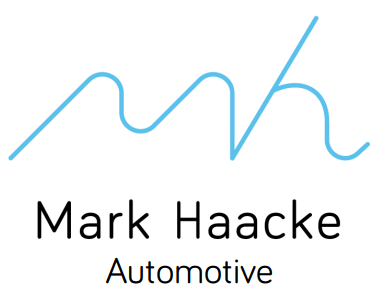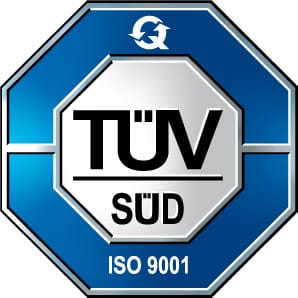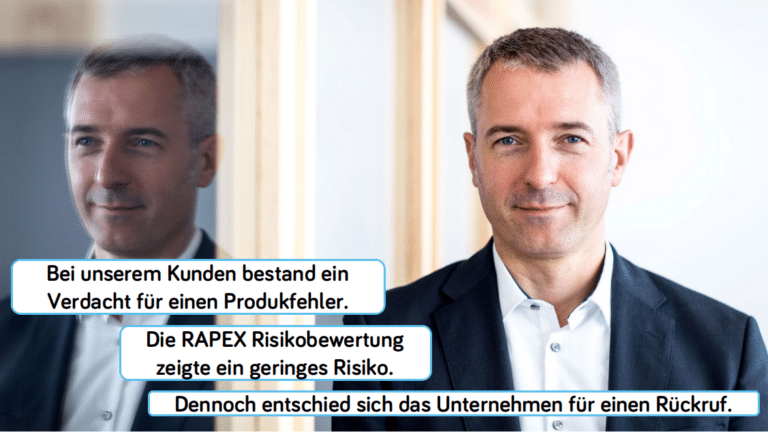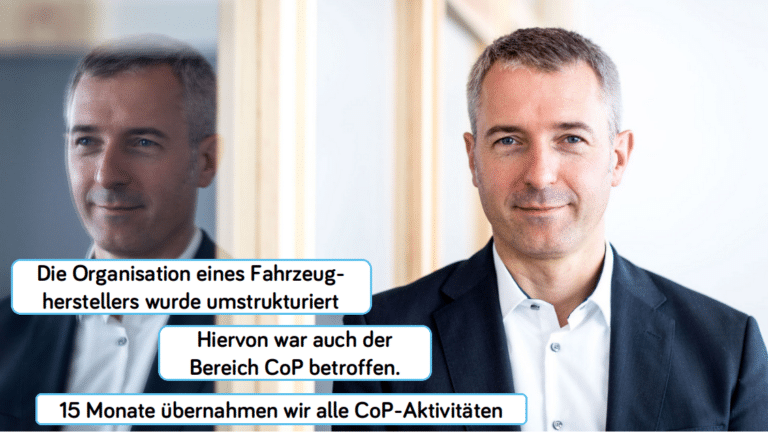“Product recalls are becoming so expensive thanks to the new product safety regulation that each one could mean our bankruptcy!”
This assessment is currently increasingly encountered in exchanges with colleagues from the industry or in research on the Internet. But are the innovations of the Product Safety Regulation (EU) 2023/988 really so drastic?
What are concrete change?
What will change specifically: In the context of a recall, special focus will have to be placed on ensuring that it is carried out “without significant inconvenience to the consumer.” To ensure this, manufacturers will need to give consumers a choice of at least two of the following remedies:
a) The repair of the product free of charge
b) The replacement of the product with an equivalent product of the same type.
c) The replacement of the value of the product, at least in the amount of the purchase price paid.
Many consumers will foreseeably opt for option b) or c) decide – after all, why would you prefer a repaired product, including waiting time during repair, over a new, safe product or a refund of the entire purchase price? In this respect, a significant increase in recall costs can indeed be expected as a result of the new regulation.
Are there any exceptions?
But do the new regulations really apply without exception? This is where it gets interesting, because the law allows manufacturers to refer consumers to just one remedy (i.e., repair) if the costs that would otherwise occur would be “disproportionate.” However, this must always be reconciled with the requirement to make recalls as uncomplicated as possible for consumers.
How is this trade-off implemented in practice? For example, what options are open to a manufacturer who has to recall vehicles in four or five figures?
We are offering a free Meetup in the coming weeks to inform you about the most important new features. If you have subscribed to our newsletter , you will find out the exact date via this way. You can also follow us on LinkedIn.





